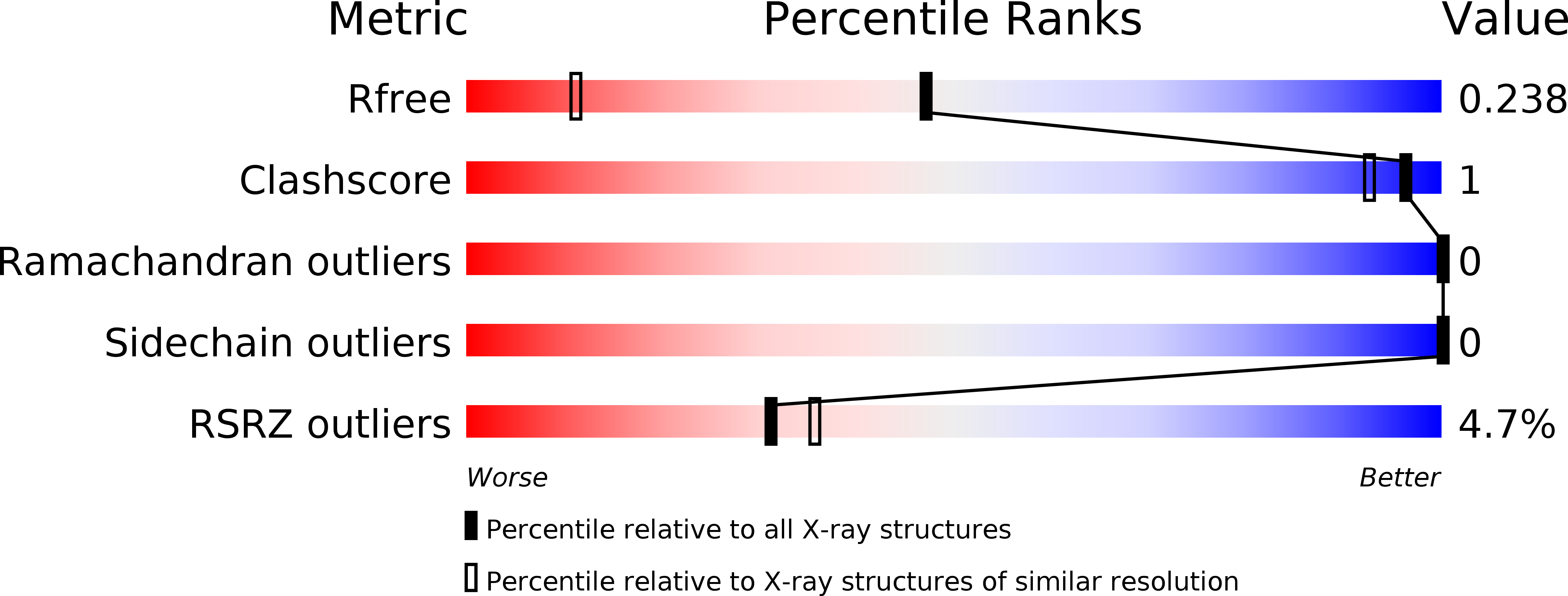
Deposition Date
2016-05-06
Release Date
2016-08-03
Last Version Date
2024-05-01
Entry Detail
PDB ID:
5JRT
Keywords:
Title:
Crystal structure of the human Tankyrase 2 (TNKS2) SAM domain (DH902/924RE)
Biological Source:
Source Organism:
Homo sapiens (Taxon ID: 9606)
Host Organism:
Method Details:
Experimental Method:
Resolution:
1.53 Å
R-Value Free:
0.23
R-Value Work:
0.20
R-Value Observed:
0.20
Space Group:
P 65


